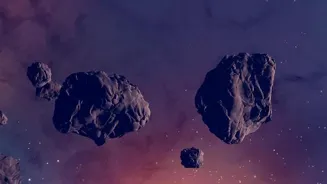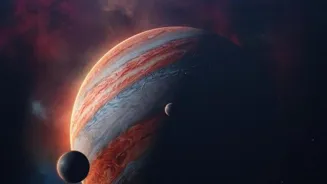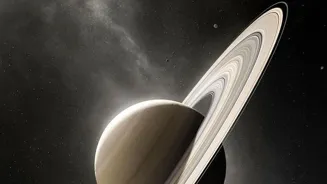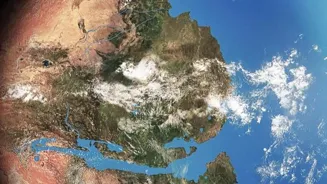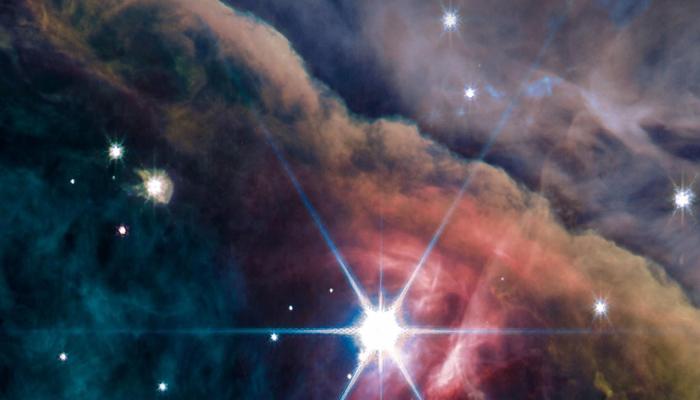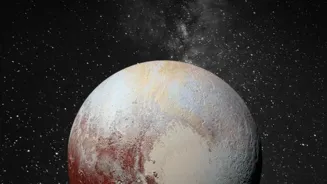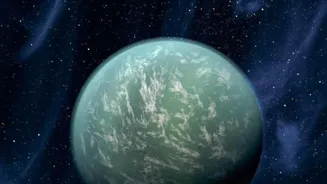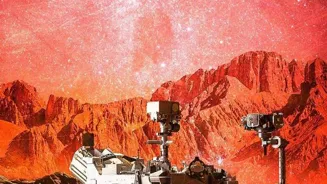Unveiling the Secrets of Asteroids: Key to Solar System's Past. Dive into the cosmic time capsules to unlock our origins
In the vast expanse of space, beyond the familiar planets, lies a treasure trove
of information about the very beginning of our solar system. These celestial bodies, often overlooked, are asteroids, and scientists are realizing they are far more important than just space rocks.
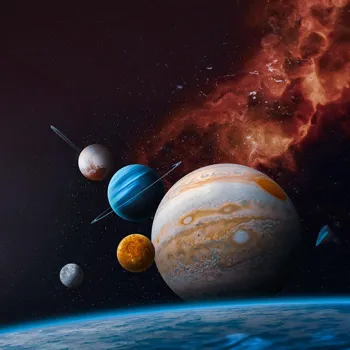
They are time capsules, preserving the raw materials and processes that shaped the planets we know today, including our own Earth. Understanding these rocky remnants is crucial for unlocking the secrets of our cosmic origins.
Asteroids: remnants of solar system formation
Asteroids are essentially leftovers from the solar system's formation, about 4.6 billion years ago. When the sun ignited and planets began to coalesce from a swirling disk of gas and dust, not all the material was incorporated.
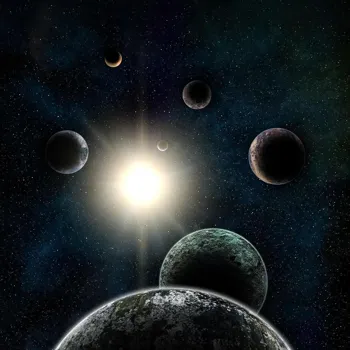
These leftover bits and pieces clumped together, forming asteroids of various sizes and compositions. Unlike planets, which have undergone significant geological changes over time, many asteroids have remained relatively unchanged since their formation.
This makes them pristine samples of the early solar system.
Studying asteroids reveals solar system's original components
Think of it like this: imagine building a house. The bricks, wood, and other materials used in construction represent the early solar system. The finished house is like a planet, its original components transformed and rearranged.
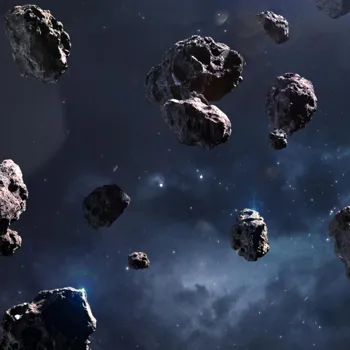
Asteroids, on the other hand, are like the leftover building materials, untouched and still in their original form. By studying these "leftovers," we can deduce what the original "ingredients" of our solar system were and how they combined to create the planets.
Asteroid missions offer insights on Earth's water origins
One of the most exciting aspects of asteroid research is the potential to learn about the origin of water and organic molecules on Earth. Some asteroids are rich in hydrated minerals and carbon-based compounds, the building blocks of life.
Scientists believe that these asteroids may have delivered water and organic materials to early Earth through impacts, making our planet habitable.
Missions like Hayabusa2 and OSIRIS-REx have collected samples from asteroids and returned them to Earth for detailed analysis, providing valuable insights into this possibility.
These missions are incredibly crucial for our scientists to gain valuable insights into understanding whether asteroids contain these elements that are crucial for life.
Asteroids reveal early solar system dynamics
The size and distribution of asteroids also provide clues about the early solar system's dynamics. The gravitational influence of the giant planets, Jupiter and Saturn, played a significant role in shaping the asteroid belt, a region located between Mars and Jupiter where most asteroids reside.
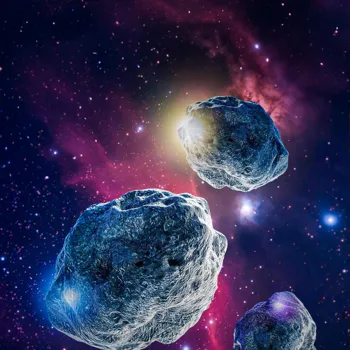
These planets scattered asteroids, preventing them from coalescing into a planet and creating the asteroid belt we see today. Studying the asteroid belt helps us understand the complex interplay of gravitational forces that shaped the solar system's architecture.
Asteroid composition reveals solar system formation
Moreover, analysing the composition of asteroids helps scientists classify them into different types, each reflecting formation in various regions of the early solar system. Some asteroids are predominantly rocky, while others are metallic, and still others are rich in carbonaceous materials.
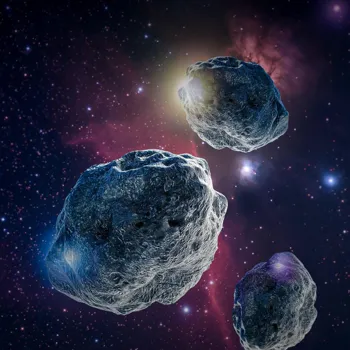
By analysing the composition of each type, astronomers can chart the movement of material and gain a better understanding of the initial distribution for raw material. This is like mapping out the ancient migration routes, understanding the early solar system to planet formations.
Asteroid study crucial for planetary defense against collisions
The study of asteroids is not just about the past; it also has implications for the future. As asteroids continue to orbit the Sun, there is a small but real chance that one could collide with Earth.
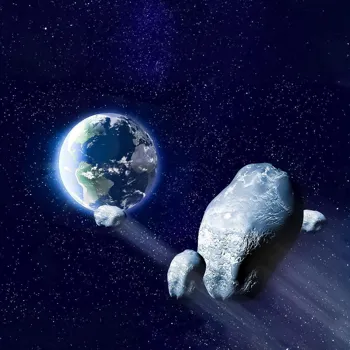
While the majority of asteroids are small, even a relatively small one could cause significant damage. Tracking and cataloguing asteroids is crucial for planetary defence, allowing us to identify potential threats and develop strategies to deflect them.
Space agencies collaborate for global protection from planetary defense
Planetary defense is something that all space agencies are working on together, as these natural phenomenon cause a global phenomenon. With collaboration, we can protect the world from it.
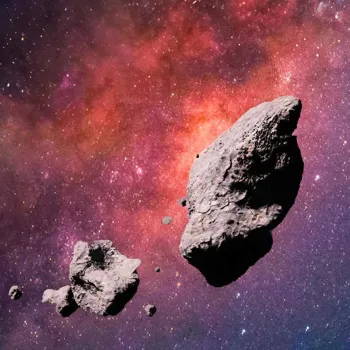
Asteroid mining for valuable resources to sustain future needs
Moreover, asteroids represent a potential source of valuable resources. Some asteroids contain significant amounts of metals like nickel, iron, and platinum, which are becoming increasingly scarce on Earth.
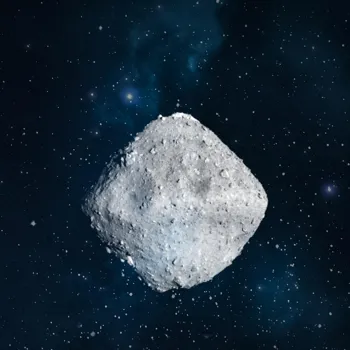
Asteroid mining is a futuristic concept, but it could become a reality in the coming decades, providing a sustainable source of raw materials for future generations. Resources, which will run scarce on planet earth. Mining them could provide us with invaluable resources.
Asteroids hold key clues about solar system's origin and future
In conclusion, Asteroids are more than just rocky remnants floating through space. They are valuable scientific resources that hold essential clues about the origin and evolution of our solar system.
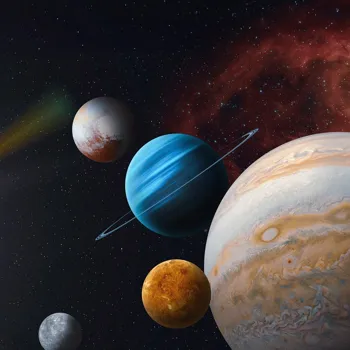
By studying their composition, distribution, and dynamics, we can piece together the story of how our planets formed, how water and organic molecules arrived on Earth, and what dangers and opportunities the future may hold.
Space organizations are now doing lots of work to study asteroids and have even sent ships to collect samples. Studying these asteroids can give us better knowledge and understanding of our nature.
As we continue to explore the cosmos, asteroids will undoubtedly play a crucial role in unlocking the secrets of our cosmic past and shaping our destiny among the stars.
Importance of studying asteroids for solar system history
Thus, learning about asteroids is very important to understand solar system history.

